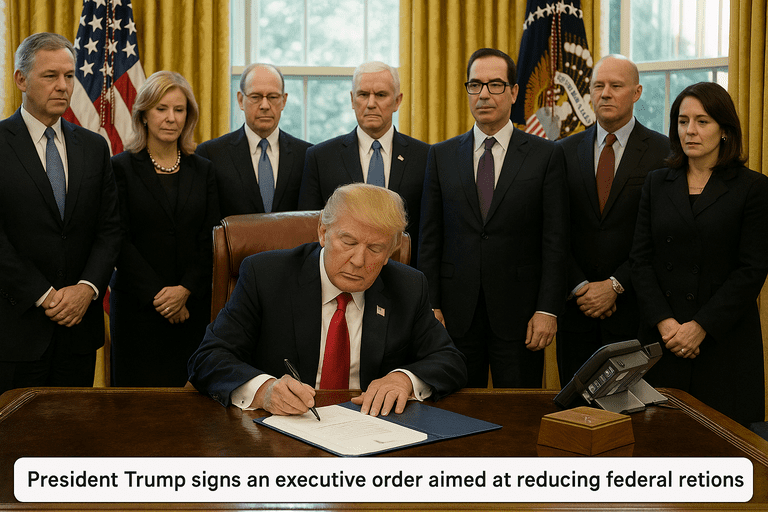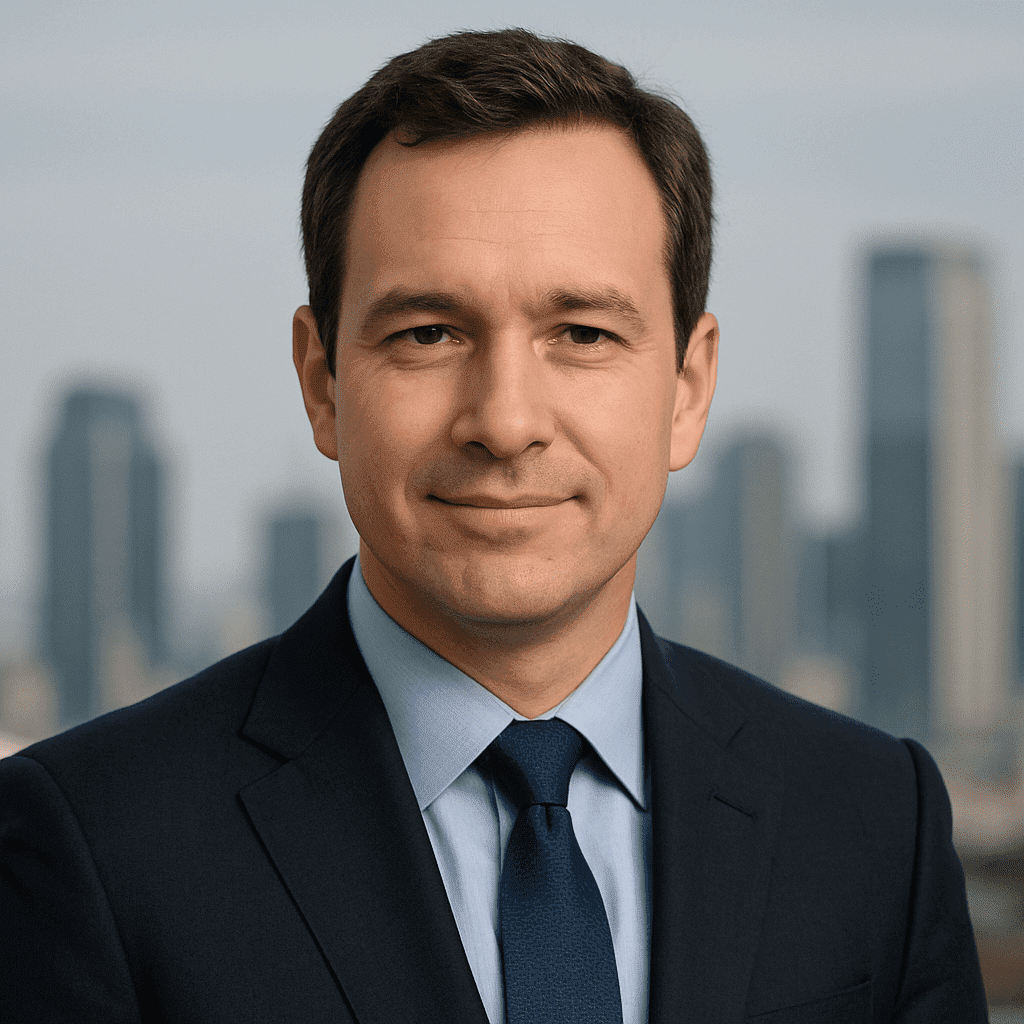President Donald Trump has signed an executive order aimed at streamlining federal regulations to foster economic growth. This directive mandates that for every new rule introduced by federal agencies, ten existing regulations must be identified for elimination. The objective is to alleviate the regulatory burden on businesses, particularly small enterprises, thereby promoting innovation and job creation.
The executive order establishes a framework where the Office of Management and Budget (OMB) oversees the identification and removal of outdated or redundant regulations. Agencies are required to conduct thorough reviews of their existing rules and determine which can be rescinded without compromising public safety or welfare. This process is designed to ensure that the regulatory environment remains conducive to business operations while maintaining necessary protections.
To facilitate this initiative, agencies will form regulatory reform task forces. These teams are tasked with evaluating current regulations and recommending candidates for repeal. The focus is on identifying rules that are deemed unnecessary, burdensome, or detrimental to economic growth. By systematically reducing the number of regulations, the administration aims to create a more efficient and responsive regulatory framework.
The executive order also emphasizes the importance of transparency and accountability in the regulatory process. Agencies are instructed to provide clear justifications for both the introduction of new regulations and the elimination of existing ones. This approach ensures that regulatory decisions are made with careful consideration and are subject to public scrutiny.
While the goal is to reduce the overall number of regulations, the administration acknowledges that some rules are essential for protecting public health, safety, and the environment. Therefore, the process includes safeguards to prevent the elimination of critical regulations. Agencies are expected to balance the need for deregulation with the necessity of maintaining standards that serve the public interest.
The implementation of this executive order is expected to lead to a significant reduction in regulatory costs for businesses. By removing unnecessary regulations, companies can allocate resources more effectively, leading to increased productivity and competitiveness. This, in turn, is anticipated to stimulate economic growth and job creation across various sectors.
However, the ambitious nature of the ten-to-one ratio presents certain challenges. Agencies must conduct comprehensive reviews of their regulations to identify suitable candidates for elimination. This process requires significant time and effort, potentially diverting resources from other critical functions. Additionally, the rapid pace of deregulation may lead to unintended consequences if not managed carefully.
To address these challenges, the administration plans to provide agencies with additional support and guidance. The OMB will play a central role in coordinating the efforts of various agencies and ensuring that the deregulation process aligns with the administration’s objectives. By fostering collaboration and providing clear directives, the administration aims to implement the executive order effectively.
In summary, President Trump’s executive order represents a concerted effort to enhance regulatory efficiency and promote economic growth. By requiring agencies to eliminate ten existing regulations for every new one introduced, the administration seeks to reduce the regulatory burden on businesses and stimulate innovation. While the initiative presents certain challenges, the administration is committed to providing the necessary support to ensure its successful implementation. With time and careful management, this approach is expected to yield a more streamlined and effective regulatory environment.
—
Tom Blake writes on markets, trade policy, and the government’s role in private enterprise. He studied economics at George Mason University and spent six years as a policy advisor for a business coalition before turning to financial journalism. His work examines the real-world impact of regulations, subsidies, and federal economic planning.



